Women’s Day: From awareness to growth

Inspirational
336 week ago — 7 min read
Summary: Today is International Women’s Day. A day we celebrate the power, passion and stories of women. Why is Women’s Day important? Perhaps because for centuries, women have had to fight for equal rights and negotiate for their power and place in society. Therefore, a day celebrating women, takes on greater meaning, as it is an opportunity to question the balance of power, gender equality, to reflect on a self which is contemporary. While the evolving paradigms of society deserve examination, GlobalLinker member Geet Jalota brings the focus back to the ‘self’—the power of the self to manifest its limitless potential and its ability to be inclusive.
Between our potential selves and our current reality there are these dramas in our head which keeps us hooked to our incomplete selves. I am not questioning whether it is the truth or a myth; I am only stating a fact. One ‘self’ is the vision we have of ourselves, what we want to become - a glimpse of which we catch sometimes at work or during a time of crisis when this ‘person’ inside takes over us. This person makes us do things we would never have done on an average day. This self emerges in flashes, without warning, much like when the sun comes out suddenly after a heavy shower. This person is actually what we can ‘be’ when we are fearless, unhindered by social mores (societal customs and conventions)—not dominated by what is dictated to us by our conditioning, by what we ‘should’ do. But we fear to own this personality, because of the obvious unstated disapproval of the society we live in.
But – what if these fears didn’t exist?
Tell me? Are fears the order of the universe? Does the universe operate on societal mores or its own inner mechanics, the code written in its genes?
Isn’t our ‘doing self’ also wired to a ‘fight’ or ‘flight’ mode, inherited from our prehistoric ancestors?
In any given situation, it is not important who triggers the response—the boss, husband, wife, girlfriend, mother-in-law, children, disease or addictions. The more important thing is—where are YOU? Where is that part of you which is complete in the universe – your gene code?
The ‘I’, the ‘person’ in you is the actual problem solver. Your area of influence may vary by choice, but you definitely have a part to play within your own individual universe. The universe can include family and extended family, neighbours, friends.
If we were to accept this person, then the cleaved sense of self will disappear. The cleaved self represents that the ‘thinking self’ is different from the ‘doing self’.
One of the social mores that we women have to face is categorizing behaviours based on gender. That is also what the Ardhnareeshwar* in Indian mythology represents. The synthesis of masculine and feminine energies of the universe. It means the all-powerful is also cleaved on gender lines, i.e. Shakti on the left and Shiva on the right; Shakti incomplete without Shiva etc. (Shakti and Shiva being a goddess and god in Hindu mythology).
This is a conceptualisation of limited thinking. Because we use only limited parts of our brain. When the unused part of our brain beckons from the unknown, we call it the aggressor of ‘known and limited’ knowledge. And it is up to us to rewrite the language. Can we label the aggressor as a friend, and embrace it?
The dramas in our head come from our language of socialisation. The symbols, uniforms, gender language, empowering and disempowering signals that we imbibe, consciously and unconsciously. The first basis of this language is gender then role (as wives etc.). This may have enabled our ancestors to do division of labour in alignment with our gene / hormonal make up. This primarily enabled human:
• To live in groups, ensure safety; fend off animals and other marauders who threatened the group.
• Propagation of the group, sanctify sex which is a natural act.
With the progress of civilization and evolution of the human race men have been able to ‘control’ sexual urges. But since control may be difficult for some, therefore women have to take on their own measures of protection, shifting the power. It’s high time that norms change, our social mores dictionary upgraded to include 25 other basis of differences that all of us face every day. Diversity is a piece of the giant puzzle which is the universe. Only when all the pieces fit will the whole picture reveal itself.
Today my social mores dictionary looks like this:
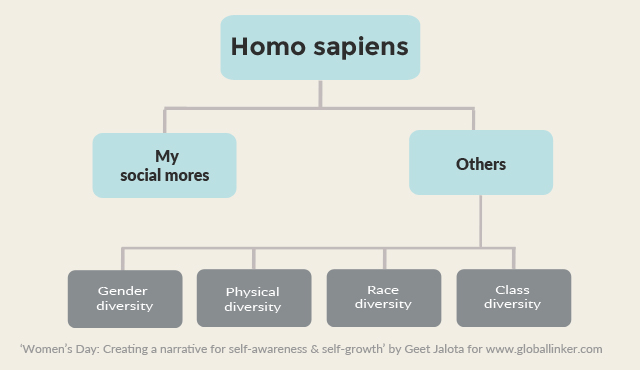
If we want to create a better place for us to live in then we need to develop empathy, collaboration and inclusion. And that can only happen through conversations and understanding each other. Anything less is bullying, is violence, is aggression.
The United Nation’s theme for International Women’s Day 2019 is ‘Think equal, build smart, innovate for change’. I believe any change or innovative thinking requires us to develop:
1. A complete sense of self.
2. Inclusive perspective towards others.
Today the world requires us to think without bringing in the barriers of class and limit. Expecting technology to create a better world using pre-history labels (based on social mores) will only make an already imperfect world more imperfect. Using technology to solve problems besetting the human race today makes it imperative that we, first, become Inclusive.
That is the only way!
*Read “Have the women left Venus? Decoding gender @workplace” to know more
Geet Jalota is a leading emotional intelligence & diversity trainer who teaches a framework for understanding the ‘self’, holding conversations to understand the others in the team, to build empathy and inclusive leadership. Get in touch with her to learn more about this model.
To explore business opportunities, link with me by clicking on the 'Invite' button on my eBiz Card.
Disclaimer: The views and opinions expressed in this article are those of the author and do not necessarily reflect the views, official policy or position of GlobalLinker.
Posted by
Geet Mala JalotaRecommend solutions to people performance issues. Set up employee development initiatives which will best achieve organizational goals. Help organizations recruit the right person...
View Geet 's profile
SME Inspirations
Other articles written by Geet Jalota
231 week ago
Motherhood: A universal creative force
275 week ago
Promote worker health and safety to reduce downtime
309 week ago
Most read this week
Trending








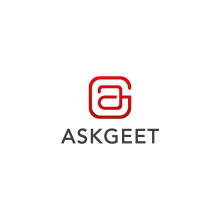
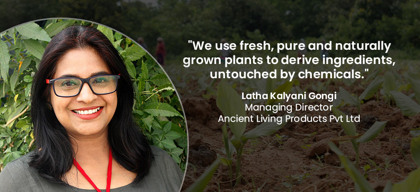


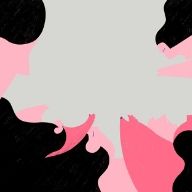

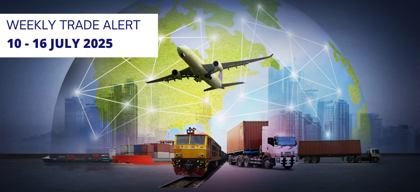
Comments
Share this content
Please login or Register to join the discussion